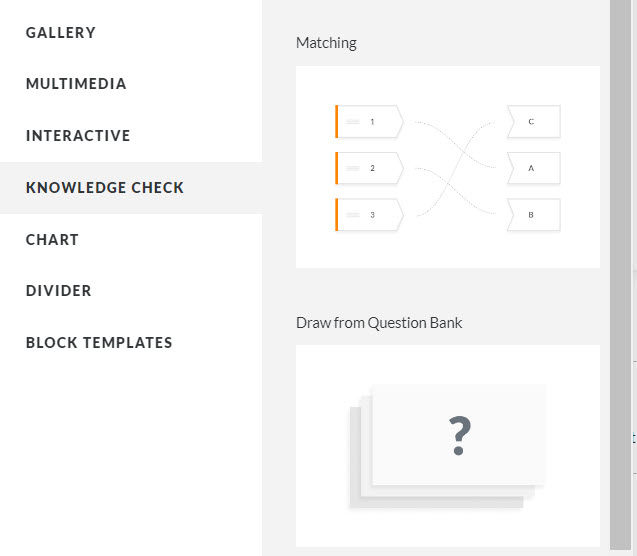IndigeSTEAM
This program is an Indigenous led program that is culturally significant to Indigenous Youth. It uses the http://www.integrativescience.ca/Principles/TwoEyedSeeing/ principles to guide STEAM practice. It’s an organization that is providing an inclusive environment around STEAM (Science, Technology, Engineering, Art, Agriculture and Mathematics).
There focus looks at three different ways to engage youth. These are: Power to Choose, Pathways for Choice, and Partnership with the Community. When exploring this resource it makes me wonder what aspects could we integrate into a MAKERspace? Is this culturally relevant for settlers to use these projects to engage other students. I think everyone would need to be mindful of what should be shared with other students.
I think schools could use many of the same philosophies of providing choice, helping Indigenous youth or other cultures share their expertise in disciplines or projects that may not exist in regular school subjects and inviting community members such as Elders to provide their voice and knowledge to a project.
When we consider STEAM I think it is important to recognize the materials we use are land-based and that innovative ideas have been used by Indigenous Peoples for thousands of years.
If you are looking to more learn visit https://www.indigesteam.ca/



